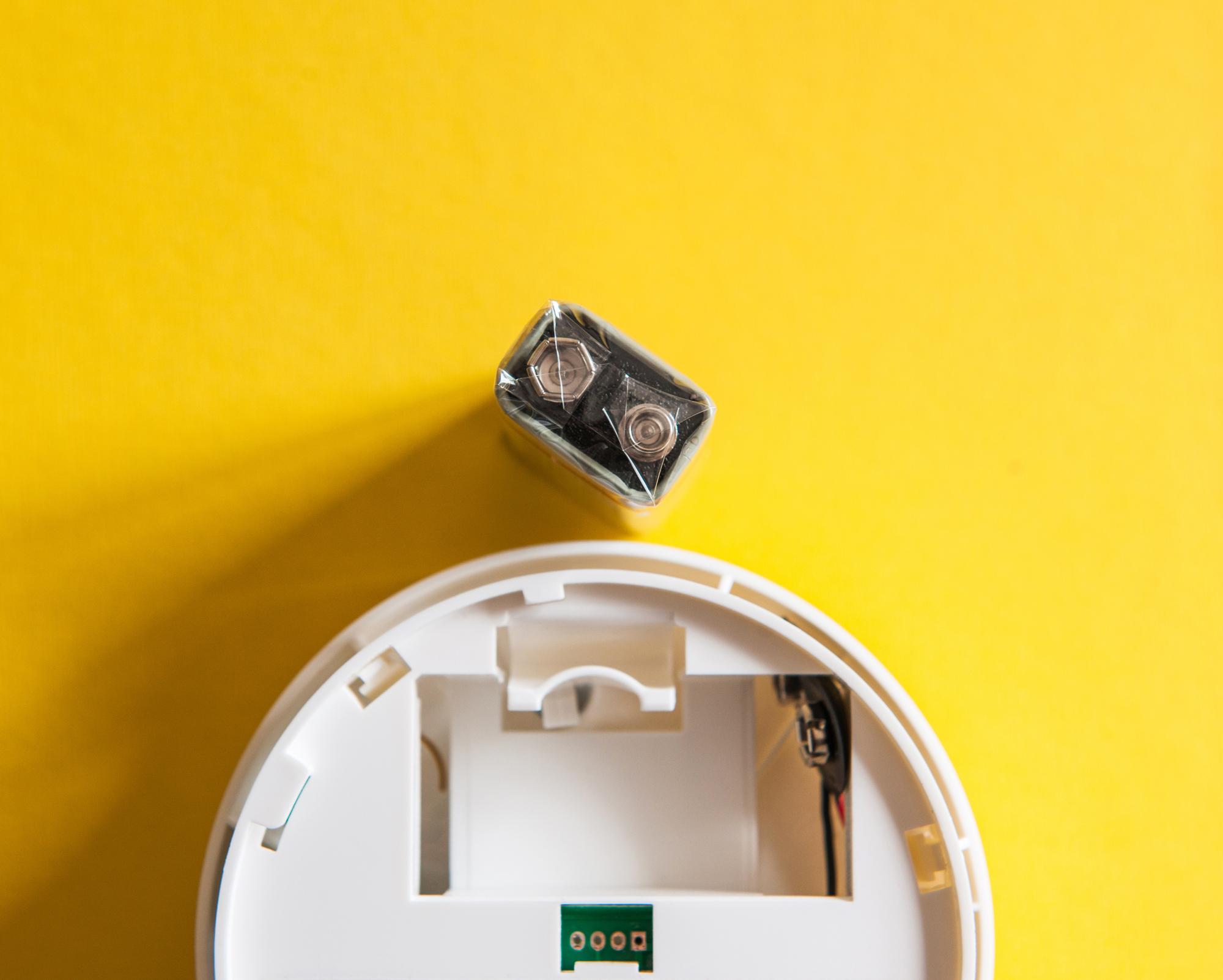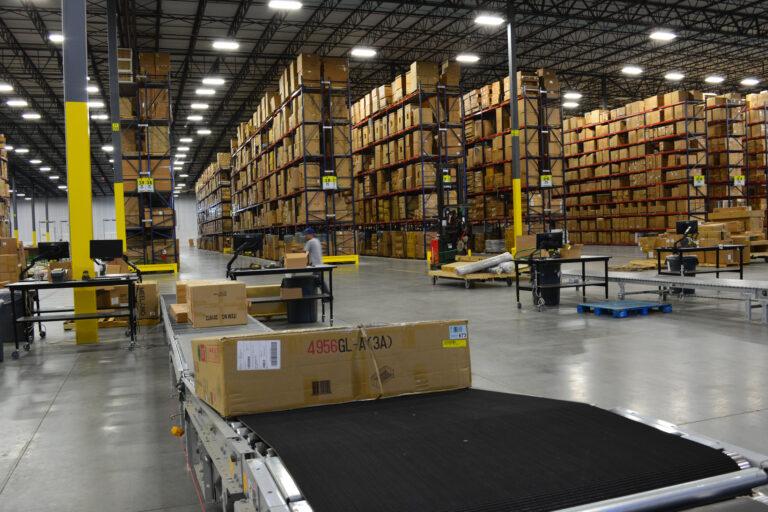Carbon Monoxide Poisoning Prevention
Carbon Monoxide (CO) Poisoning Prevention
When winter temperatures plummet and home heating systems run for hours the risk of carbon monoxide (CO) poisoning increases.
CO is found in fumes produced by furnaces, kerosene heaters, vehicles “warmed up” in garages, stoves, lanterns, and gas ranges, portable generators, or by burning charcoal and wood. CO from these sources can build up in enclosed or partially enclosed spaces. People and animals in these spaces can be poisoned and can die from breathing CO.
The most common symptoms of CO poisoning are headache, dizziness, weakness, nausea, vomiting, chest pain, and confusion. A quick test to see if someone with symptoms is experiencing carbon monoxide poisoning is to get them outside into the fresh air—symptoms should begin to disappear once outside.
CO Poisoning Prevention Tips
- Check or change the batteries in your CO detector every six months. If you don’t have a battery-powered or battery back-up CO detector, buy one soon.
- Have your heating system, water heater and any other gas, oil, or coal burning appliances serviced by a qualified technician every year.
- Keep vents and flues free of debris. Debris can block ventilation lines.
- Never leave the motor running in a vehicle parked in an enclosed or partially enclosed space, such as a garage.
- Never run a motor vehicle, generator, pressure washer, or any gasoline-powered engine less than 20 feet from an open window, door, or vent where exhaust can vent into an enclosed area.
- Never use a charcoal grill, hibachi, lantern, or portable camping stove inside a home, tent, or camper.
- Never run a generator, pressure washer, or any gasoline-powered engine inside a basement, garage, or other enclosed structure, even if the doors or windows are open.
- If you suspect CO poisoning, call 911 or a health care professional right away.
CO poisoning is entirely preventable. You can protect yourself and your family by learning the symptoms of CO poisoning and how to prevent it.
For more information, please visit the Carbon Monoxide Poisoning website.







